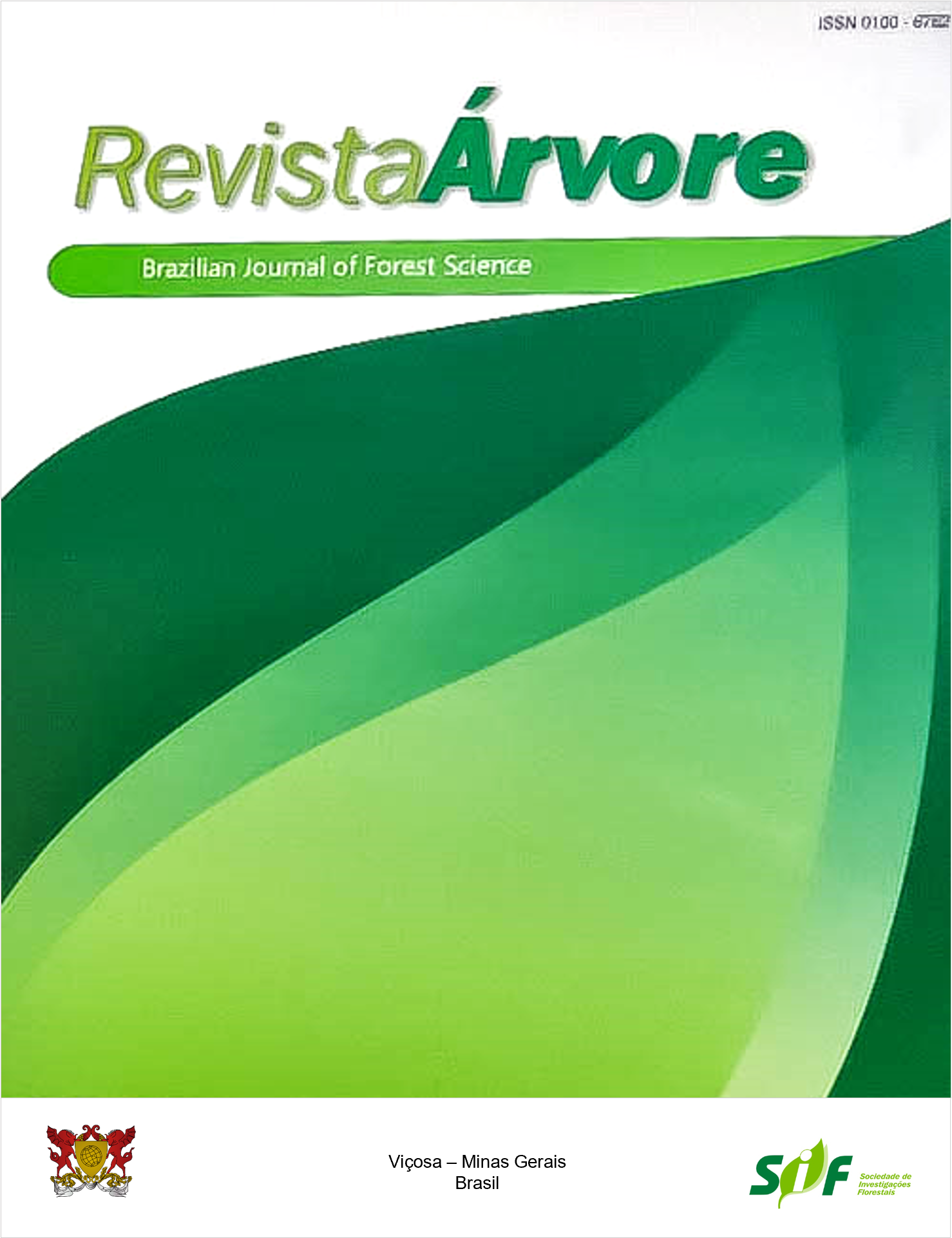THERMAL BEHAVIOR OF FOREST BIOMASS WASTES PRODUCED DURING COMBUSTION IN A BOILER SYSTEM
Keywords:
Combustion efficiency, Reuse of ash, Thermogravimetric analysisAbstract
It is known that during the biomass combustion in industrial systems the formation of residues containing ashes and residual carbon occurs. The content of the residues varies according to the efficiency and operating parameters of the combustion chambers. The characterization of these residues is an essential tool to identify their potential for energy reuse. The aim of this paper was to analyze the thermal behavior of the biomass and the residues yielded during the combustion process in a boiler system. For this purpose, forest biomass and ash samples have been analyzed in a laboratory and at four collection points of generation and treatment of the combustion residues (readler, hopper, scrubber, and decanter) inside the boiler of a power plant. The thermogravimetric analysis (TGA and DTA) have been carried out on all samples. Moreover, the ultimate analysis, the proximate analysis and the gross calorific value of all samples have been determined. Results show that the biomass burning efficiency in the boiler furnace was high, which was proven by the chemical composition and thermal degradation behavior of the residues collected in the readler. The scrubber’s light wastes presented chemical and energy properties (7180 kcal/kg, 75% fixed carbon content, 21% volatile content and 3.72% ash content), and thermal behavior similar to the ones found in the literature for eucalyptus charcoal. However, in order to reuse these combustion residues on reinjection or reheat systems, machine adjustments are essential to achieve burning efficiency and avoid operational problems. The decanter wastes did not show potential for energy reuse.
Keywords: Combustion efficiency; Reuse of ash; Thermogravimetric analysis
Downloads
Published
How to Cite
Issue
Section
License
Copyright (c) 2019 Revista Árvore

This work is licensed under a Creative Commons Attribution 4.0 International License.
All authors agreed to submit the work to Revista Árvore and granted the exclusive license to publish the article. The authors affirm that it is an original work and has not been previously published elsewhere. The scientific content and opinions expressed in the article are the sole responsibility of the authors and reflect their opinions, not necessarily representing the opinions of the editorial board of Revista Árvore or of the Society of Forest Investigations (SIF).




